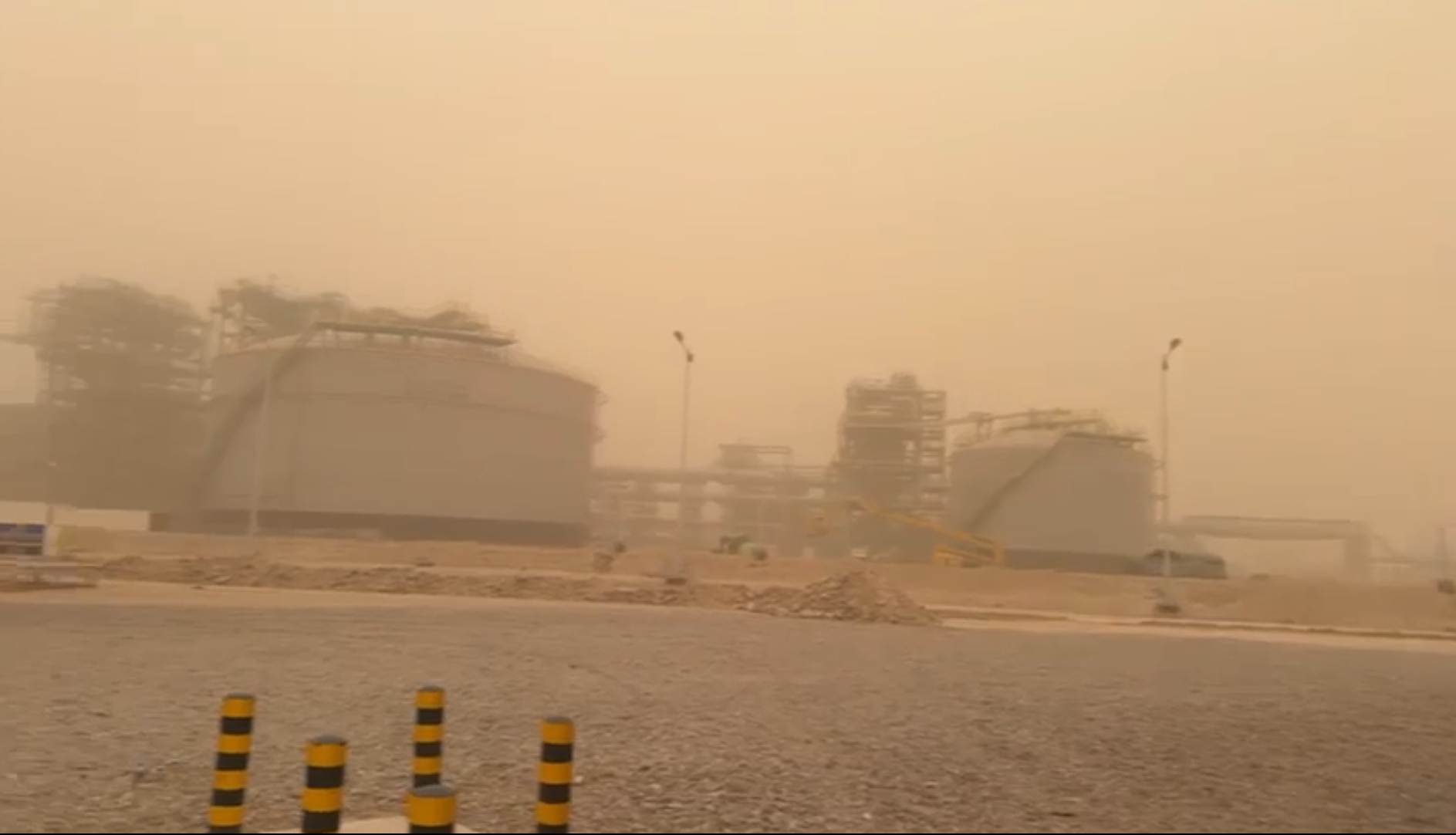Safety Tips for UAE Site Workers During Sandstorms
Sandstorms are a common natural phenomenon in desert regions like the UAE, posing significant challenges, especially for outdoor site workers. These storms consist of strong winds carrying large amounts of sand and dust, which can reduce visibility, disrupt daily activities, and have severe health implications. This blog delves into the impact of sandstorms in the UAE and discusses the conditions faced by site workers, along with measures to mitigate these challenges.
What Are Sandstorms and Why Do They Occur in the UAE?
Sandstorms, also known as dust storms, occur when strong winds lift loose sand and dust from dry surfaces into the atmosphere. The arid climate of the UAE, characterized by minimal rainfall and expansive desert landscapes, makes it particularly susceptible to this natural phenomenon. Sandstorms in the UAE are often triggered by seasonal weather changes and can last for several hours or even days, disrupting normal life and business operations.
Health Hazards of Sandstorms
Sandstorms can pose significant health risks, particularly for individuals working outdoors. The fine dust particles carried in the air can irritate the eyes, throat, and skin, and prolonged exposure may lead to respiratory issues like asthma or bronchitis. For site workers who spend extended hours outdoors, these risks are amplified, making protective measures essential.
Working Conditions for Site Workers During Sandstorms
Site workers in the UAE, including construction laborers and maintenance personnel, are among the most affected groups during sandstorms. Poor visibility, extreme heat, and the abrasive nature of sand can make working conditions hazardous. Prolonged exposure to these conditions without proper safety measures can lead to serious health problems and reduced productivity. Despite regulations, some workers may not have adequate access to protective gear or safe shelters.
Government Regulations and Employer Responsibilities
To ensure the safety of site workers during sandstorms, the UAE government has implemented various labor laws and guidelines. Employers are required to provide proper safety equipment such as face masks, goggles, and protective clothing. Additionally, work schedules should be adjusted to reduce outdoor activity during peak storm hours. Regular training and awareness programs can also help workers understand the risks and adopt precautionary measures.
Tips for Site Workers to Stay Safe
- Wear protective gear: Use dust masks, goggles, and long-sleeved clothing to minimize exposure.
- Stay hydrated: Sandstorms often coincide with high temperatures, so staying hydrated is crucial to avoid heatstroke.
- Seek shelter: Whenever possible, take breaks in enclosed or shaded areas to avoid direct exposure to dust and heat.
- Monitor weather updates: Stay informed about sandstorm warnings and adjust work plans accordingly.
- Follow employer guidelines: Adhere to safety protocols and use provided equipment to minimize risks.
The Role of Technology in Improving Safety
Advancements in technology can play a crucial role in protecting site workers during sandstorms. Weather monitoring apps, real-time alerts, and wearable safety devices can help workers stay informed and prepared. Employers can also use technology to track worker conditions and ensure compliance with safety regulations.
Sandstorms are an unavoidable part of life in the UAE, but their impact on site workers can be mitigated through proper planning, awareness, and the use of safety measures. Both employers and workers must work together to prioritize health and safety during these challenging weather conditions. By embracing technology and adhering to regulations, the adverse effects of sandstorms can be significantly reduced, ensuring a safer work environment for all.

